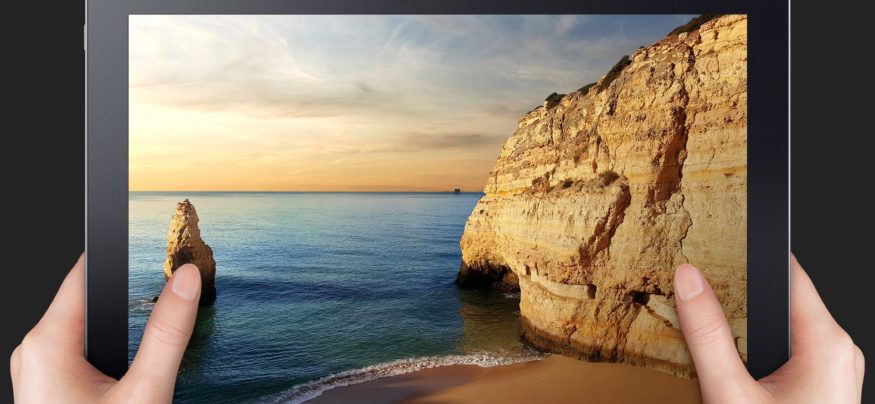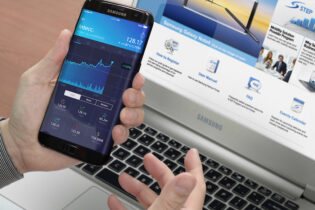Today’s business customers run a hodgepodge of platforms and OSes – Windows 10, Android, Chrome, Blackberry, Linux, Mac OS, iOS, and more. Mobile executives might have a Galaxy S7 phone in their pocket, an iPad in their carry-on bag, and a Lenovo ThinkPad in their check-in luggage. It’s a diversity that’s fueled largely by the increasing complexity of IT operations, the mobility movement, and the ever-more-popular BYOD trend.
Now more than ever, it’s important for businesses to have access to that multitude of platforms, and it’s equally important for today’s solution provider to be capable of tying together a patchwork of devices seamlessly to create a single, unified technology network.
When it comes to typical productivity software – applications that allow users to produce documents, spreadsheets, presentations, and so forth – Windows continues to be the platform of choice. Microsoft’s latest release, Windows 10, has only upped the ante in the productivity arena, rendering emerging form factors such as 2-in-1 convertibles and ultra-light notebooks even more desirable for highly mobile professionals.
Samsung addresses business technology needs across the board, especially with a Windows-based portfolio of devices that the vendor has filled out nicely over time.
Samsung has been building PCs since 1983 and has collaborated for years with Microsoft on the development of cutting-edge PC technology, with initiatives like Project Origami and, most recently, the building and testing of Windows 10. The newest additions to Samsung’s Windows 10 portfolio aren’t economy models. Instead, these ultra-mobile and mobile computing devices are Windows 10 thoroughbreds designed for power users, decision-makers, and high-ranking execs.
With the Galaxy TabPro S, unveiled earlier this year, Samsung partners can deliver business end users a highly portable computing platform that combines power (Intel’s sixth-generation Core M CPU); a lightweight, flexible form factor (1.8 pounds with a detachable keyboard); and a battery life of 10-plus hours.
For road warriors and highly mobile professionals – field-service personnel, healthcare practitioners, and retail-store managers, etc. – the quarter-inch-thick TabPro S is an ideal platform, combining the productivity of a notebook and the portability of a tablet.
Meanwhile, Samsung’s Notebook 7 Spin (13.3-inch and 15.6-inch models) offers the ultimate in convertibility, with a 360-degree touch display that delivers unmatched viewing angles. These devices have three adaptive modes: They serve as traditional notebooks with an HD touch screen, as stand-up PCs in “tent” mode, and as tablets.
The 13.3-inch Notebook 7 Spin packs a sixth-generation Intel Core i5, 500GB hard drive, and 8GB of memory. The 15.6-inch Notebook 7 Spin has a sixth-generation Intel Core i7 processor under the hood, along with 8GB of memory, discrete Nvidia graphics, a 1TB hard drive, and a 128GB SSD hybrid drive.
Another product in Samsung’s Windows portfolio is the 13.3-inch Notebook 9 ultrabook, for road warriors seeking a super-sleek, lightweight device.
All in all, the value proposition of Samsung’s broad, deep product line is simple. The vendor wants partners to have the necessary tools to win sales that require a Windows component, to address any and all convergent opportunities in the market, and to be armed with a better strategy for staking out a position as a go-to provider of solutions for mixed OS environments.
With access to the full portfolio of Samsung devices, partners can serve mobile professionals anywhere, anytime.
Find out how Samsung’s portfolio of Windows-based devices can enhance productivity.







